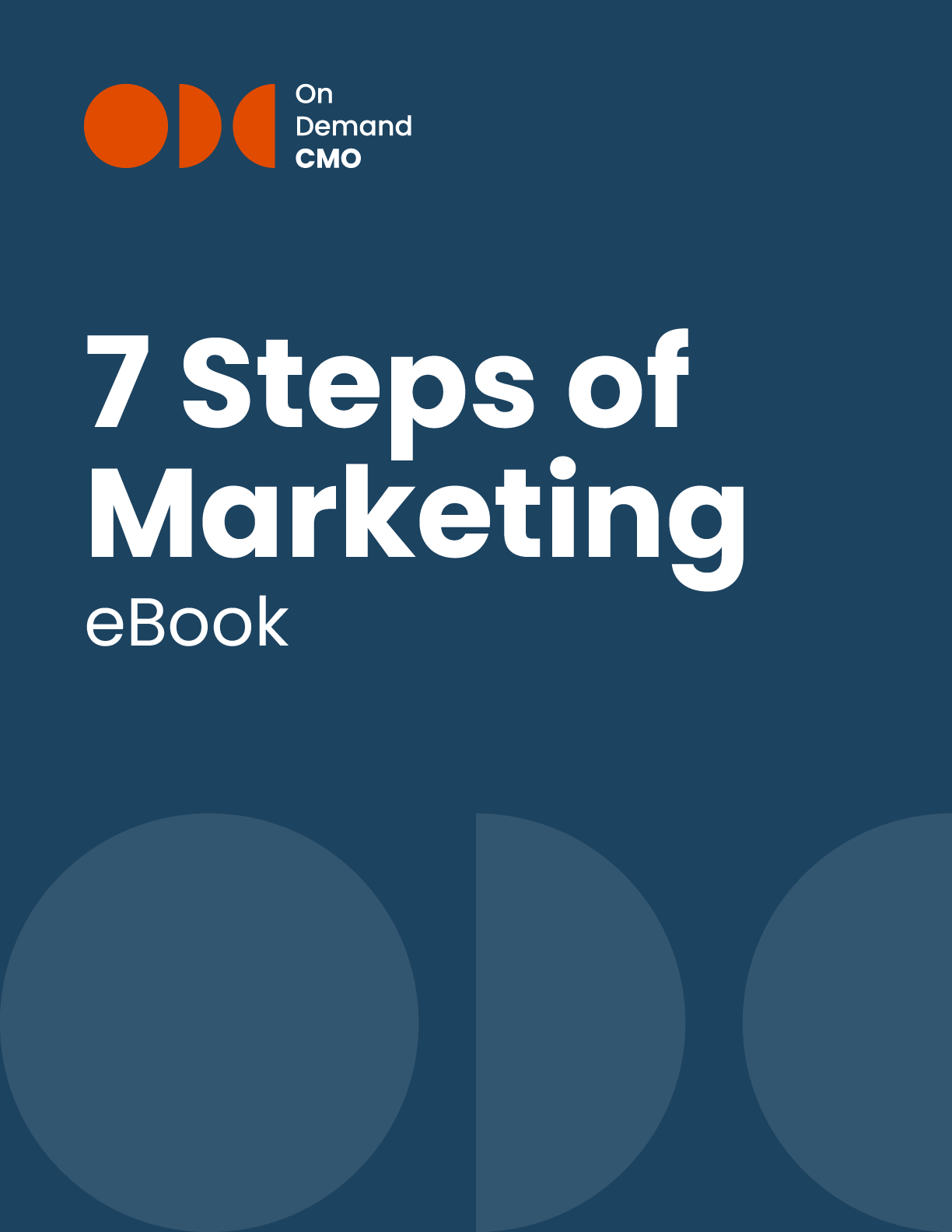
It should come as no surprise if you’ve been struggling with how to calculate ROI, but this topic came up in our survey as our reader’s second biggest pain point. At the outset, measuring ROI, or return on investment, is a relatively simple function of subtracting what it costs you to gain business with how much that business has brought in for profit.
The lines get blurry and the numbers get fuzzy when we start talking about things like Twitter campaigns. It can be difficult to measure directly how many clicks on a tweet lead to a sale. It gets even fuzzier when you try to calculate how much it really cost you to run a Twitter campaign. Here are my three steps.
We’ll stick with the example of a Twitter campaign to show how to calculate a simple ROI. The first thing you should add up is how many hours you are spending managing a Twitter campaign. If you’re outsourcing this, this number is simply the cost that you are paying your social campaign manager. If you’re doing it yourself, you need to calculate your opportunity cost – how much money you could have made if you had spent those hours doing something else. Once you’ve calculated the cost of the hours going into your campaign, add on any peripheral costs that you might be spending to promote your tweets. I find that these numbers are most useful when calculated on a monthly basis, so add up what you pay someone or spend yourself to run your Twitter campaign for a full month, and add on any promoted tweets or special branding that you’re doing that’s costing you money. That number will be the cost of your investment.
The return on investment is less straightforward at times. How do you calculate how much money a tweet brings in? Technology can give the answer. A tool I like to use his Bitly. Every time you share a link to your site or a landing page or a check out page, shorten the link using Bitly. (That will help you get under your character quota, too.) Besides just shortening the link, Bitly has an ingenious little feature that tracks how many folks click that particular shortened link. That way, you can look and see how many people clicked on your link from a particular tweet.
Now remember, we aren’t counting up how much money we make per tweet, but how much money our tweeting is making per month. Therefore, since you should be sharing your content more than once anyway, you can use that same bitlink across multiple tweets spread out throughout the month. Then, you simply look up how many times people actually clicked through. Google Analytics can take that knowledge a step further. Google Analytics can tell you how many clicks actually got through to your shopping cart, and where those clicks came from. If they came from your bitlink, boom, the profit of that sale can be tallied with your return on investment. If you sell a service or don’t have an online shopping cart, there’s a simpler, more old-school solution. Advertise a promo code using your Twitter or social media posts. The folks who take advantage of the code at checkout or in their invoice can be counted with your returns.
Once you have your total investment cost and the return on that investment, it’s a simple subtraction. Are you making more than you’re spending? If the answer is unclear, you know that you need to either find a reliable way to figure out what you’re spending, or devise a strategy to aggregate how much you’re making through a particular marketing channel.
If your answer is no, there are only two viable solutions open to you. Lower your spending, or diverge it to a different channel. If you’re making just a bit less than you’re spending on Twitter, then you can try to lower the cost by tweeting less often. That lowers your cost to maintain the account. You can also purchase fewer promoted tweets, if any. If there is a vast difference in how much you’re making, or if you can’t prove that your tweeting has led to any sales at all, it is time to move on to a different channel. Twitter may not be a viable marketing strategy for you. You could look into divesting that money into print ads, or an interactive Pay Per Click campaign targeted to your audience’s favorite websites. Perhaps that money would also be better spent in outsourcing and bringing on additional marketing consultation.
Whatever your numbers turn out to be, it is absolutely crucial that you know what they are. Learning how to calculate ROI is the first step in getting control of your digital marketing.

OnDemandCMO has authored 7 Steps of Marketing, the only marketing guide book you’ll need to either get your marketing started properly, or stay on track strategically.
It features best practices on branding, messaging, social media, lead generation and much in between.
Please let us know who you are, and we'll share a few of our secrets (we don't sell or trade your info)!